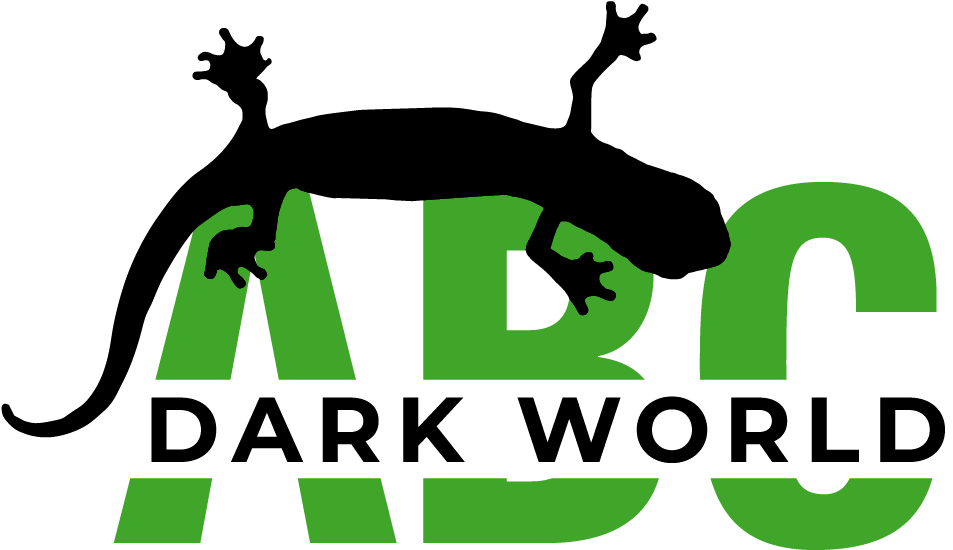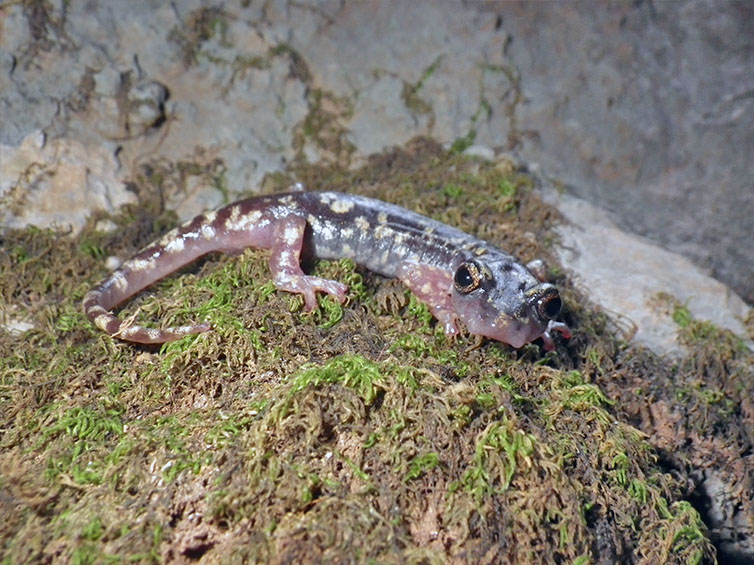
by admin | Sep 1, 2023 | herpetology, scientific articles
In this article we performed a fine-scale analysis of the gut contents obtained from all Speleomantes species, including hybrids. Identifying prey with higher taxonomic resolution and considering their ecology, we were able to infer on potential foraging behaviour of these salamanders, paving the way for future studies to test these new hypotheses.
Title:
Inferring on Speleomantes Foraging Behavior from Gut Contents Examination
Authors: Fabio Cianferoni, Enrico Lunghi
Journal: Animals
Link to the article Inferring on Speleomantes Foraging Behavior from Gut Contents Examination
Special Issue: Predator-Prey Interactions in Amphibians and Reptiles
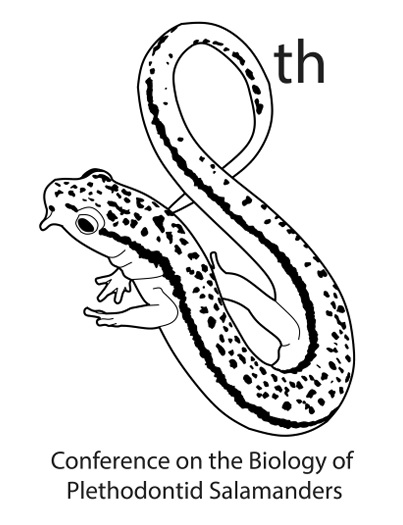
by Enrico | Apr 21, 2023 | Conferences, herpetology
The program of the 8th Conference on the Biology of Plethodontid Salamanders is ready! Check it out and I’ll see you there!
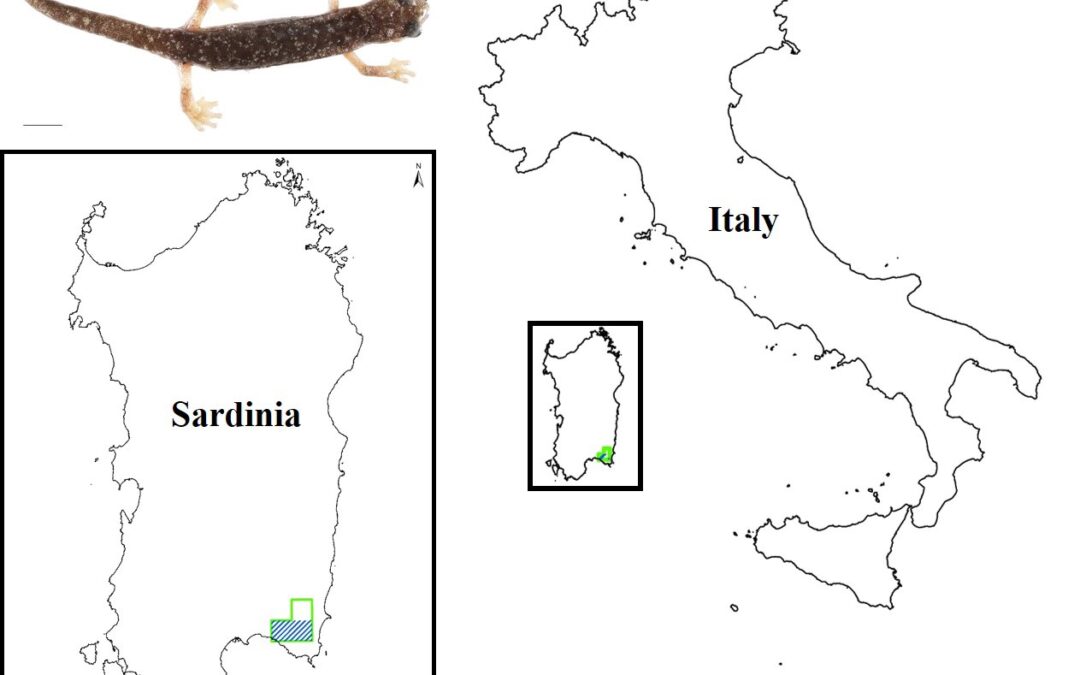
by Enrico | Feb 8, 2023 | herpetology, scientific articles
In this article we provided the data deriving from two monitoring scheme interesting four populations (three epigeous and one from artificial springs) of the Sette Fratelli cave salamander Speleomantes sarrabusensis.
Title: Species diversity and distribution of amphibians and reptiles in Sardinia, Italy
Authors: Roberto Cogoni, Milos Di Gregorio, Fabio Cianferoni, Enrico Lunghi
Journal: Animals
Link to the article Monitoring of the Endangered Cave Salamander Speleomantes sarrabusensis
Special Issue: Salamanders: Distribution, Diversity, and Conservation
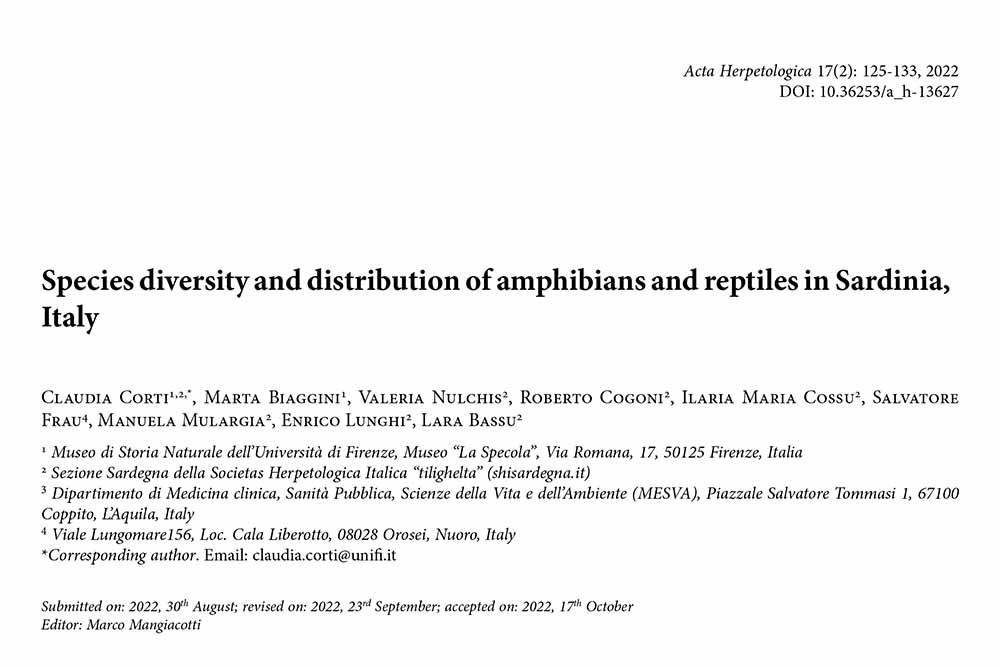
by Enrico | Dec 30, 2022 | herpetology, scientific articles
In this article we show an updated database on the distribution of herp species in Sardegna, with an analysis on the environmental variables that promote higher species abundance.
Title: Species diversity and distribution of amphibians and reptiles in Sardinia, Italy
Authors: Claudia Corti, Marta Biaggini, Valeria Nulchis, Roberto Cogoni, Ilaria Maria Cossu, Salvatore Frau, Manuela Mulargia, Enrico Lunghi, Lara Bassu
Journal: Acta Herpetologica
Link to the article Species diversity and distribution of amphibians and reptiles in Sardinia, Italy
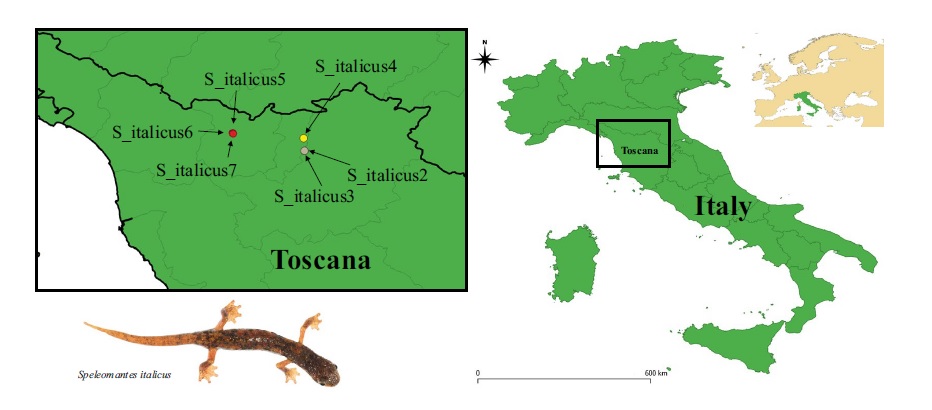
by Sandra | Oct 29, 2022 | herpetology, scientific articles
In this article we investigated the trophic niche of multiple populations of the Italian cave salamander, Speleomantes italicus, throughout a year. We found a discrepancy in the foraging activity of the populations located in different areas, and temporal and spatial variability in the body condition of individuals. Our study highlighted a remarkably high spatial and temporal divergence in the trophic habits of conspecific populations.
Title: The trophic niche of subterranean populations of Speleomantes italicus
Authors: Enrico Lunghi, Fabio Cianferoni, Claudia Corti, Yahui Zhao, Raoul Manenti, Gentile Francesco Ficetola and Giorgio Mancinelli
Journal: Scientific Reports
Link to the article: The trophic niche of subterranean populations of Speleomantes italicus
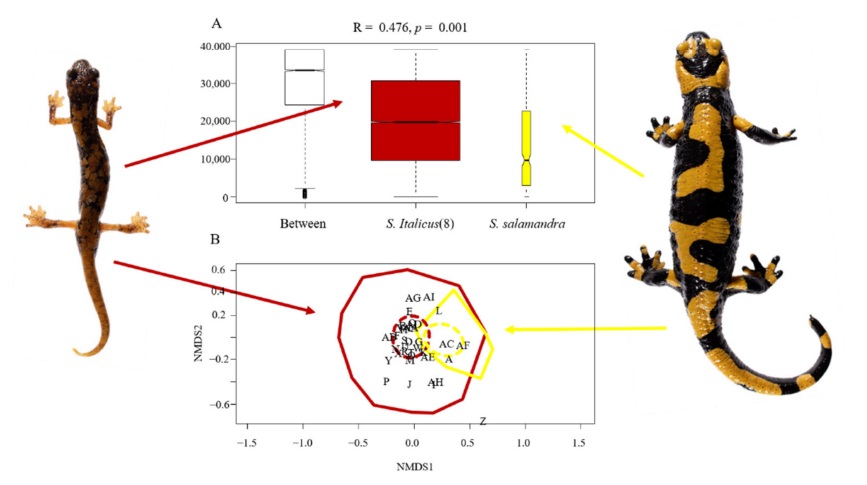
by Sandra | Aug 29, 2022 | herpetology, scientific articles
In this article we studied the trophic niche of two sympatric salamanders, the fire salamander Salamandra salamandra and the Italian cave salamander Speleomantes italicus. We found that the Italian cave salamander mostly consumed flying prey with a hard cuticle, while the fire salamander preferred worm-like and soft-bodied prey. We hypothesize that in our case, the two species of salamanders did not have to change their prey preference in order to avoid competition, but divergences in metabolism and behavioral traits likely worked as natural deterrent.
Title: The Trophic Niche of Two Sympatric Species of Salamanders (Plethodontidae and Salamandridae) from Italy
Authors: Enrico Lunghi, Claudia Corti, Marta Biaggini, Yahui Zhao and Fabio Cianferoni
Journal: Animals
Link to the article: The Trophic Niche of Two Sympatric Species of Salamanders (Plethodontidae and Salamandridae) from Italy

